Cats, Dogs, Horses, Small Pets, Birds, Poultry & Reptile
(How to Use with Fish is below)
read our cat testimonials & articles for
Whisker Wisdom
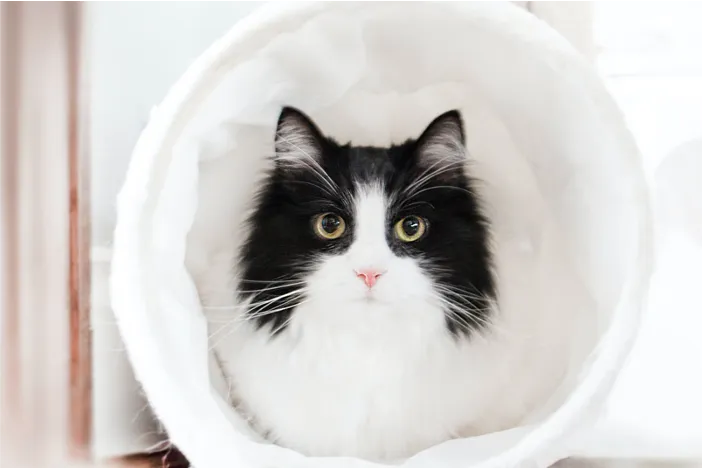
Does My Cat Have Separation Anxiety?
Signs, Symptoms, and Solutions
Cats are often seen as independent creatures, but they can form deep bonds with their human companions. When left alone for extended periods, some cats may experience separation anxiety, a condition that can affect their emotional and physical well-being. Understanding the signs, causes, and solutions for separation anxiety in cats can help you provide the support they need to thrive, even when you're not at home.
Signs and Symptoms of Separation Anxiety in Cats
Recognizing separation anxiety in cats can be challenging, as their behaviors might seem subtle or even mistaken for mischief. Key signs include:
Excessive Vocalization: Loud meowing, crying, or yowling when you’re about to leave or not around.
Destructive Behavior: Scratching furniture, knocking over objects, or other destructive actions when left alone.
Inappropriate Elimination: Urinating or defecating outside the litter box, especially on personal items like clothing or bedding.
Clingy Behavior: Following you from room to room, demanding constant attention, or becoming distressed when you prepare to leave.
Decreased Appetite: Refusing food or treats when alone, which can signal emotional distress.
Over-Grooming: Licking or biting fur excessively, sometimes leading to bald spots or skin irritation.
Secondary Signs to Watch
Some cats may exhibit subtle signs such as pacing, hiding, or increased aggression toward other pets. These behaviors may not immediately scream “separation anxiety” but are worth monitoring.
Possible Causes of Separation Anxiety
Cats may develop separation anxiety due to various factors, including:
Sudden Changes in Routine
Changes like a new job, moving to a new home, or altered schedules can trigger anxiety in cats.
Past Trauma
Cats who’ve been rehomed or abandoned may have a heightened fear of being left alone.
Loss of a Companion
The death or absence of another pet or household member can deeply affect cats, leading to separation-related behaviors.
Over-Attachment
Cats who’ve formed an unusually strong bond with one person may struggle to cope when that person is absent.
Training and Behavioral Recommendations
Helping a cat with separation anxiety requires patience and consistency. Here are some steps you can take:
1. Desensitize Departure Cues
Cats pick up on patterns, such as the sound of keys jingling or putting on shoes, which signal your departure. Gradually expose your cat to these cues without leaving to reduce their anxiety.
2. Create a Safe Space
Provide a comfortable area with toys, cozy bedding, and access to food, water, and a litter box. Adding an item with your scent, like a worn t-shirt, can offer additional comfort.
3. Interactive Play Before Leaving
Spend 10–15 minutes engaging in active play before leaving. This helps burn off energy and leaves your cat feeling satisfied and calm.
4. Gradually Increase Alone Time
Start by leaving your cat alone for short periods and gradually increase the duration. Reward calm behavior upon your return to reinforce positive associations.
5. Use Puzzle Toys
Interactive toys or food puzzles can keep your cat mentally stimulated and distracted during your absence.
6. Establish a Routine
Cats thrive on consistency. Feeding, play, and sleep routines provide a sense of predictability that can alleviate anxiety.
Supportive Measures for Separation Anxiety
In addition to training, several supportive tools can help your cat feel more relaxed when alone:
1. Pheromone Diffusers
Products like Feliway emit synthetic pheromones that mimic a cat’s natural calming signals, creating a sense of security in their environment.
2. Flower Essences
Natural remedies like Calm Animal Solutions’ Relaxed Cat blend can help ease emotional distress and promote balance. These essences work on an energetic level to reduce feelings of anxiety and fear.
3. Essential Oils
Safe, cat-friendly essential oils like lavender or chamomile can have calming effects when used in moderation. Always diffuse oils in well-ventilated spaces and avoid direct application on your cat.
4. Calming Collars
Collars infused with pheromones or calming scents provide a portable way to soothe your cat throughout the day.
5. Music for Cats
Specially designed music or white noise machines can create a soothing auditory environment to help ease stress.
When to Seek Professional Help
If your cat’s anxiety persists despite your efforts, consider consulting a veterinarian or animal behaviorist. Chronic anxiety can impact your cat’s health and quality of life, so professional guidance may be necessary.
Medication: In severe cases, a vet might recommend anti-anxiety medications to help your cat manage stress.
Behavior Therapy: A behaviorist can develop a customized plan to address the root causes of your cat’s anxiety.
The Role of Patience and Consistency
Helping a cat with separation anxiety is a journey that requires time, patience, and a commitment to understanding their needs. Small, consistent changes in your approach can lead to significant improvements in their behavior and well-being.
With a combination of training, supportive tools, and love, your cat can learn to feel safe and secure, even when you’re not around.


before-and-after videos


Before and After Videos
Purr-fect Serenity: Before and After Cat Videos
Magical Before & After videos!
How to Tame a Feral Cat
Supported by Calm Animal Solutions Custom Goal Statement
Take a look at the affection-seeking interactions!
before
3-weeks after


TESTIMONIALS


TESTIMONIALS


TESTIMONIALS
cat chronicles
New Kitten Tolerated by Older cats
Mother cat kinder to grown daughter cat
cats playing again after loss of main caretaker
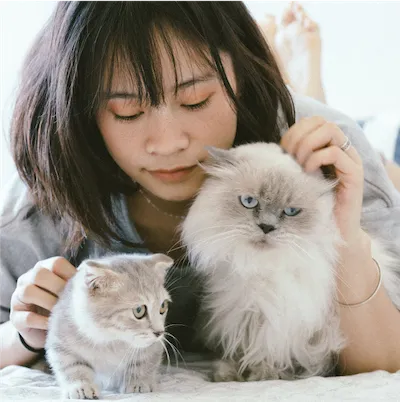
GOAL:
Harmony Amongst the Cats
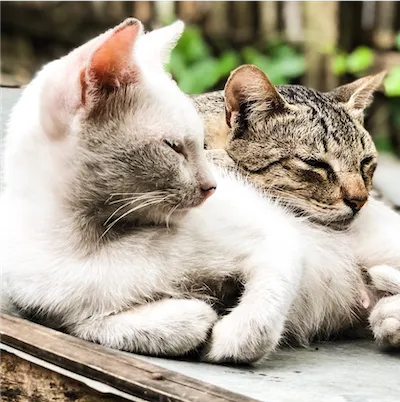
GOAL:
Kinder Cat Interactions
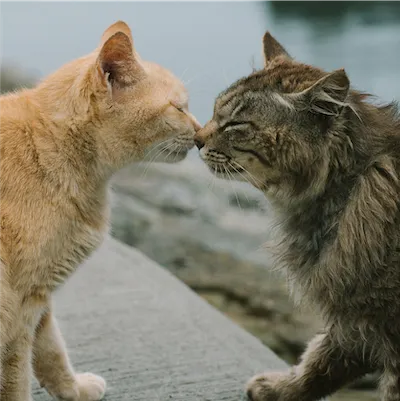
GOAL:
Enjoy Life Again
I had to put my kitten in a separate room when I left the house because the older cats hiss and bat at her.
Two days later:
I felt comfortable leaving the kitten with the older cats when I ran an errand. When I returned they were all sitting peacefully on the same bed!
— SN
Louisa was a great mom to Florence when she was a kitten, but became hostile towards her as she grew older.
One week later:
I noticed Louisa allowing Florence to sit closer to her on the window ledge, as they watched the birds.
Two weeks later:
Louisa and Florence are taking turns grooming each other!
— FP
After my partner passed from an illness, our cats became skittish and hid under different beds.
Three days later:
The cats are rambunctious and playing with each other again. They seem so happy to be around each other.
— HT
new kitten tolerated by older cats

GOAL:
Harmony Amongst the Cats
I have to put my kitten in a separate room when I leave the house because the older cats hiss and bat at her.
Two days later:
I felt comfortable leaving the kitten with the older cats when I ran an errand. When I returned they were all sitting peacefully on the same bed!
— SN
Mother cat kinder to grown daughter cat

GOAL:
Kinder Cat Interactions
Louisa was a great mom to Florence when she was a kitten, but became hostile towards her as she grew older.
One week later:
I noticed Louisa allowing Florence to sit closer to her on the window ledge, as they watched the birds.
Two weeks later:
Louisa and Florence are taking turns grooming each other!
— FP
cats playing again after loss of main caretaker

GOAL:
Enjoy Life Again
After my partner passed from an illness, our cats became skittish and hid under different beds.
Three days later:
The cats are rambunctious and playing with each other again. They seem so happy to be around each other.
— HT
Calm Animal Solutions is bringing gentle, natural calming support to animals everywhere —
because we believe every animal deserves to feel safe, known, and supported.
A Trained Animal Communicator Connects with Your Pet
With every order, a trained animal communicator connects with your pet to choose the right blend of flower essences
(e.g. Bach Flower Essences) for calming their anxiety. Custom blended flower essences are natural pet calming products.



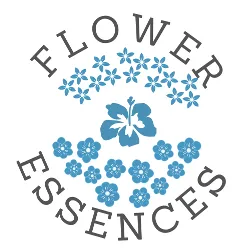
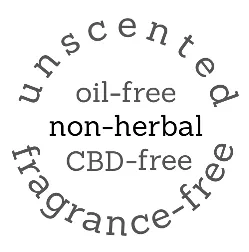

Calm Animal Solutions
Calm Animal Solutions offers customized, natural remedies for dog anxiety, and are calming for cats. Plus, we create blends for horses, small animal pets, birds, poultry, reptiles, and fish.
Flower Blends
CustomBlends4U
©2025, Catherine Winfree. All rights reserved.
Mandatory FDA Notice: The statements made regarding Calm Animal Solutions have not been evaluated by the Food and Drug Administration. These products are not intended to diagnose, treat, cure, or prevent any animal disease. Although the ingredients in Calm Animal Solutions are generally regarded as safe, you are encouraged to consult your veterinary before using any essence product (such as Bach Flower Essences, for example).
Bringing gentle, natural calming support to animals everywhere —
because every animal deserves to feel safe, known, and supported.
A Trained Animal Communicator Connects with Your Pet
With every order, a trained animal communicator connects with your pet to choose the right blend of flower essences (e.g. Bach Flower Essences) for calming their anxiety. Custom blended flower essences are natural pet calming products.





Mandatory FDA Notice: The statements made regarding Calm Animal Solutions have not been evaluated by the Food and Drug Administration. These products are not intended to diagnose, treat, cure, or prevent any animal disease. Although the ingredients in Calm Animal Solutions are generally regarded as safe, you are encouraged to consult your veterinary before using any essence product.

Home | Contact | Terms | Privacy Policy | About Catherine
©2025, Catherine Winfree. All rights reserved.


